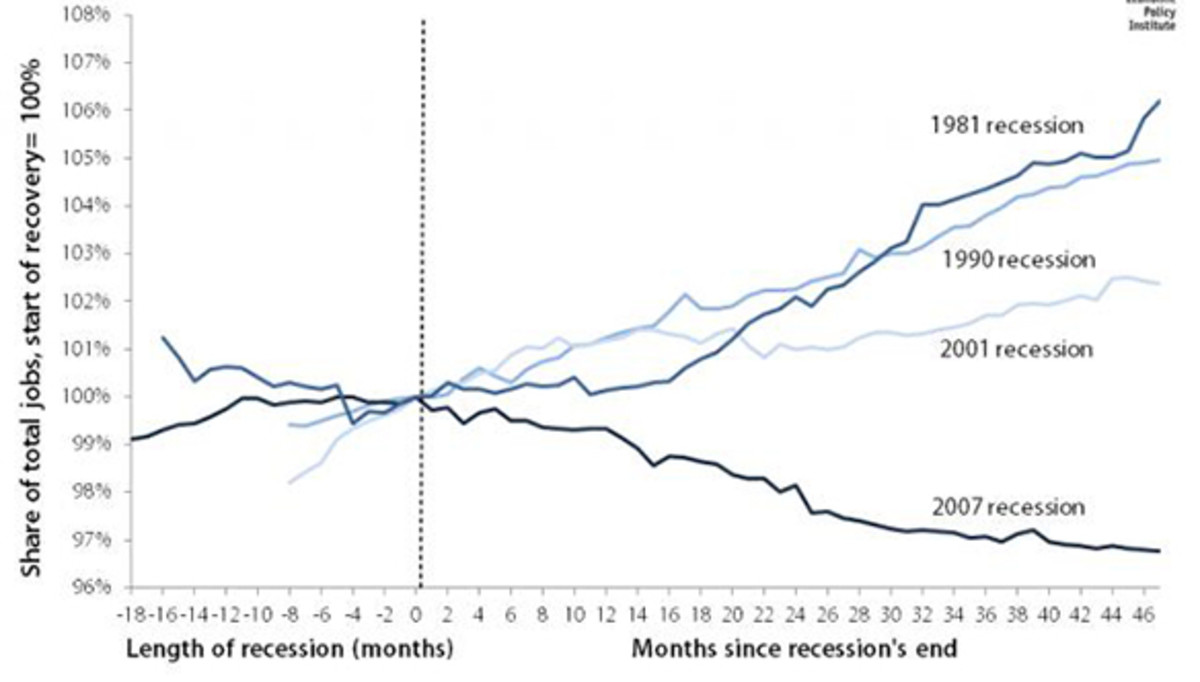Communist disorders and the Nazi beer hall putsch marked the last phase of the inflation period. Shortly before Hitler’s move, Stresemann had given extraordinary financial powers to two tough-minded centrists, Hans Luther (1879-1962), minister of finance, and Hjalmar Schacht (1877-1970), banker and fiscal expert.
All printing of the old currency was stopped. A new bank was opened to issue new marks, which were assigned the value of the prewar mark. The new currency was backed not by gold but by an imaginary “mortgage” on all Germany’s agricultural and industrial wealth. One trillion of the inflated marks equaled one of the new. Simultaneously, rigorous economies were put into effect in every branch of the government, and taxes were increased.
The public protested loudly, but the measures remained in force until they had the intended effect. The cure for inflation produced serious hardships, too. Prices fell, and over-expanded businesses collapsed. Unemployment rose sharply, wages stayed low, and workers labored long hours.
During 1924 the Allies at last helped end the crisis in Germany by formulating the Dawes Plan, named for Charles G. Dawes (1865-1951), an American financier and vice-president under Calvin Coolidge (1872-1933). The plan recommended the evacuation of the Ruhr by the French, the establishment of a special bank to receive reparations payments, a gradual increase in annual payments for the first five years, and an international loan to finance the German deliveries in the first year.
The Nationalists attacked these proposals as a scheme to enslave Germany to foreign masters, and in the Reichstag elections of May 1924 they scored impressive gains, as did the Nazis and the Communists, while moderate parties suffered. But a coalition managed to win acceptance of the Dawes Plan in August by promising the Nationalists seats in the cabinet. When new elections were held in December, the Nazis and Communists sustained losses and the Social Democrats and moderates gained.
Early in 1925 a Center—People’s party—Nationalist coalition took office. Though Germany had moved appreciably to the right, foreign policy remained in the conciliatory hands of Stresemann, who was foreign minister through all governments between November 1923 and his death in October 1929.
During these less-troubled years, economic recovery proceeded steadily, until in 1929 German industrial output exceeded that of 1913. First-rate German equipment, coupled with superb technical skill and systematic adoption of American methods of mass production, created a highly efficient industrial machine. This “rationalization” of industry increased production, but led to over-borrowing and some unemployment.
Vertical trusts— which brought together in one great corporation all the parts of an industrial process from coaland iron-mining to the output of the finished product—and cartels—associations of independent enterprises that controlled sales and prices for their own benefit—became characteristic of the German system. Emphasis was always on heavy industry, which meant that a big armaments program might assure continued prosperity. Throughout, reparations were paid faithfully, with no damage to the German economy.
In 1925, after President Ebert died, a presidential election was held in which three candidates competed. The Catholic Center, the Democrats, and the Social Democrats all supported the Center candidate. The Nationalists, People’s party, and other right-wing groups supported Field Marshal von Hindenburg, then seventy-seven years old. The Communists ran their own candidate and thus contributed to the election of Hindenburg, who won by a small plurality.
Until 1930 Hindenburg acted fully in accord with the constitution, to the distress of most of the nationalist groups. Though domestic issues of this period aroused great heat, they were settled by democratic process. In the elections of 1928 the Social Democrats were returned to power; prosperity had encouraged moderation and growing support for the republic.
In foreign affairs, this period saw a gradual increase in German participation in the system of collective security. In 1925 Germany signed the Locarno treaties, which took the French armies out of the Rhineland in return for a neutral zone and a frontier guaranteed by Britain and Italy, and set up machinery to arbitrate disputes between Germany and its neighbors. These treaties did not, however, guarantee Germany’s frontiers with Poland and Czechoslovakia. In 1926 Germany was admitted to the League of Nations. In 1928 Germany accepted the Kellogg-Briand Pact, which outlawed aggressive war.
In 1929 a new reparations plan named after another American, Owen D. Young (1874-1962), chairman of the committee that drew it up, substantially reduced the total originally demanded by the Allies. The Young Plan also established lower rates of payments than those under the Dawes Plan and allowed the Germans a greater role in their collection. In June 1930 the Rhineland was evacuated by the Allies, four years ahead of the date set by the Treaty of Versailles.

